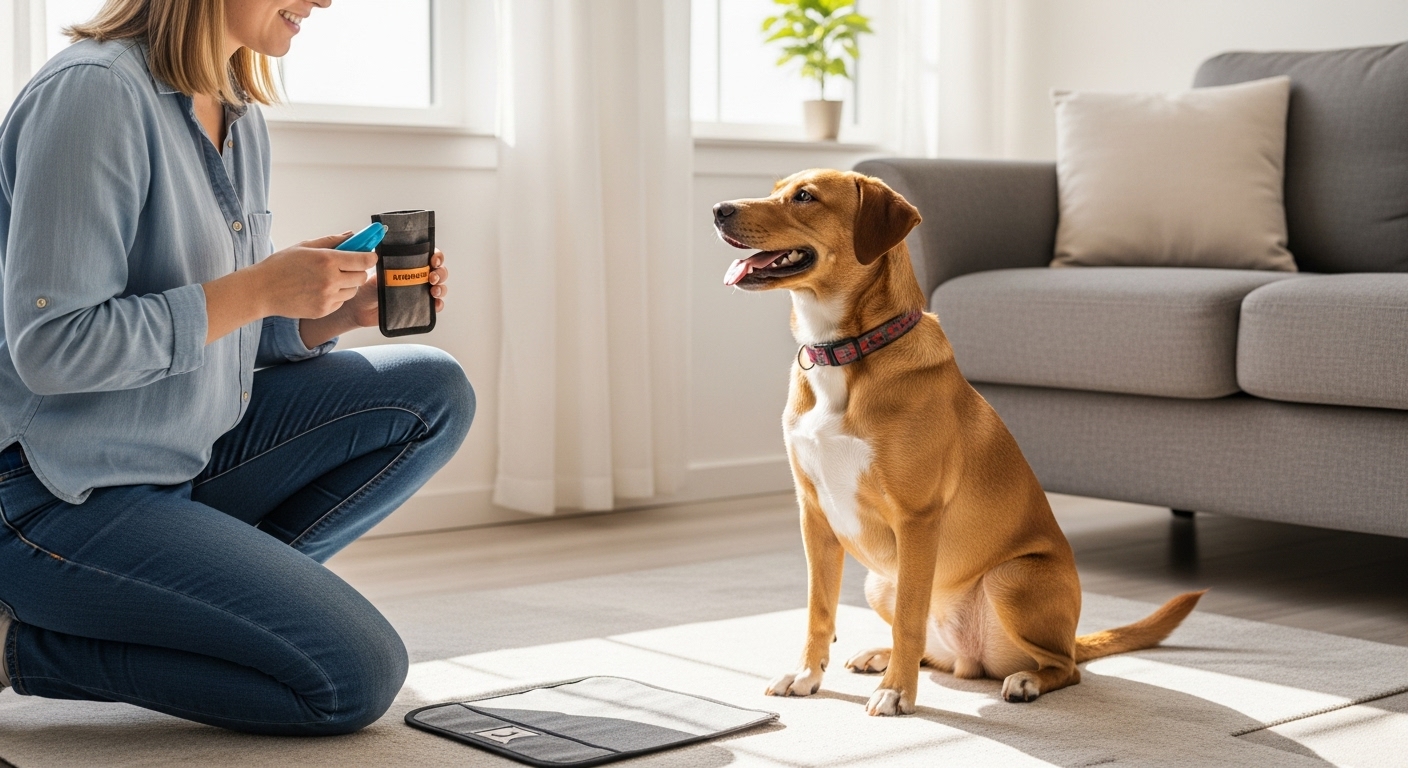Training your dog isn’t just about commands—it’s about building trust, communication, and a lifelong bond. Whether you have a bouncy puppy or a mature rescue, these positive reinforcement techniques will help you shape good behavior, curb unwanted habits, and enjoy every wag, sit, and cuddle. Ready to become your dog’s favorite teacher? Let’s dive in!
1. Why Positive Reinforcement Works
Instead of punishing mistakes, positive reinforcement rewards the behaviors you want to see more of. This approach:
- Builds Trust: Your dog learns that listening earns treats and praise, not fear.
- Boosts Confidence: Dogs who succeed feel proud and eager to repeat the behavior.
- Strengthens Bond: Training sessions become fun games, deepening your connection.
2. The Essentials: What You’ll Need
- Small, Soft Treats: Cut into pea-sized pieces for quick rewards.
- Clicker or Marker Word: A “click” or “Yes!” to mark the exact moment your dog does something right.
- Leash & Harness: For controlled practice, especially outdoors.
- Quiet Training Space: Minimizes distractions so your dog can focus.
- Patience & Consistency: Short, frequent sessions (5–10 minutes, 2–3 times a day) work best.
3. Core Behaviors to Teach
🐾 Sit on Cue
- Lure: Hold a treat above your dog’s nose, then slowly lift it back over their head. Their bottom naturally lowers.
- Mark & Reward: The instant their hips touch the ground, click or say “Yes!” and give the treat.
- Add the Cue: Once they sit reliably, say “Sit” just before you lure. Repeat until they respond to the word alone.
🐾 Stay with Impulse Control
- Sit First: Have your dog sit.
- Step Back: Take one small step away, instantly mark and reward if they hold.
- Increase Distance & Duration: Gradually add more steps and seconds before clicking and treating.
- Release Cue: Teach “Okay!” or “Free!” so they know when it’s acceptable to move.
🐾 Loose-Leash Walking
- Start Inside: With your dog on a short leash, mark and treat whenever your side and theirs align.
- Reward the Stop & Go: Treat when they walk without pulling; pause when they pull until slack returns.
- Build Up: Practice in increasingly distracting environments—backyard, quiet street, park.
4. Troubleshooting Common Challenges
🐾 Jumping Up
- Ignore the Jump: Turn away and fold your arms until all four paws are on the floor.
- Reward the Calm Greeting: The moment they settle and keep all paws down, click and treat.
🐾 Excessive Barking
- Identify the Trigger: Doorbell, other dogs, boredom?
- Teach “Quiet”: When barking, wait for a brief pause, mark it, and treat. Gradually require longer quiet durations before rewarding.
🐾 Chewing & Destructive Behavior
- Provide Appropriate Chews: Puppy-proof your home and offer safe chew toys.
- Redirect & Reward: When you catch them chewing a toy instead of your slipper, click and reward the toy choice immediately.
5. Beyond Basics: Socialization & Enrichment
- Puppy Playdates: Introduce new dogs, people, and environments early, with positive experiences.
- Brain Games: Puzzle feeders, scent trails, and “find it” games keep your dog mentally sharp.
- Regular Exercise: A tired dog is a well-behaved dog—tailor walks and play to your dog’s breed and age.

